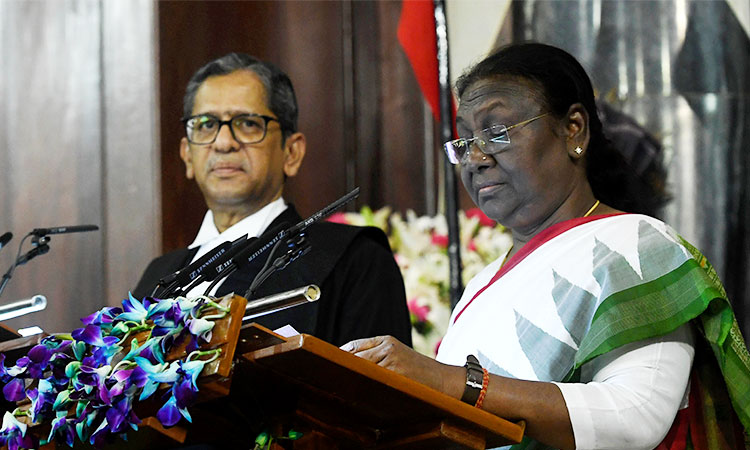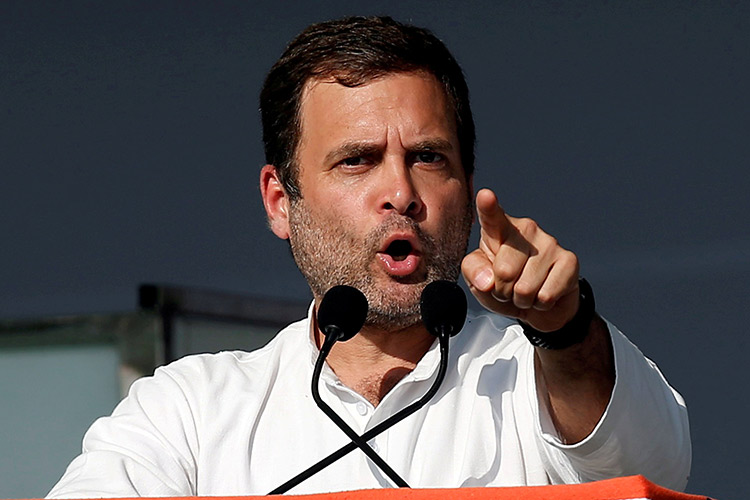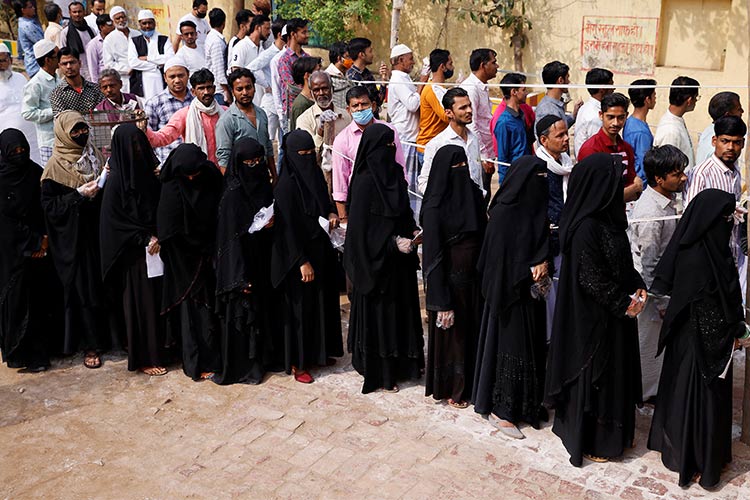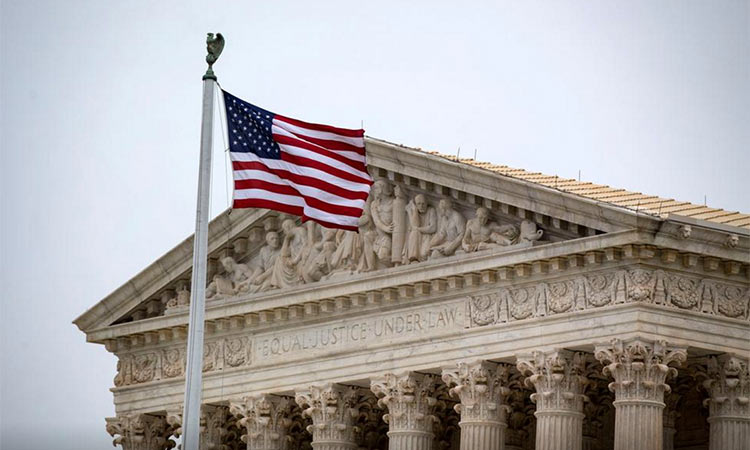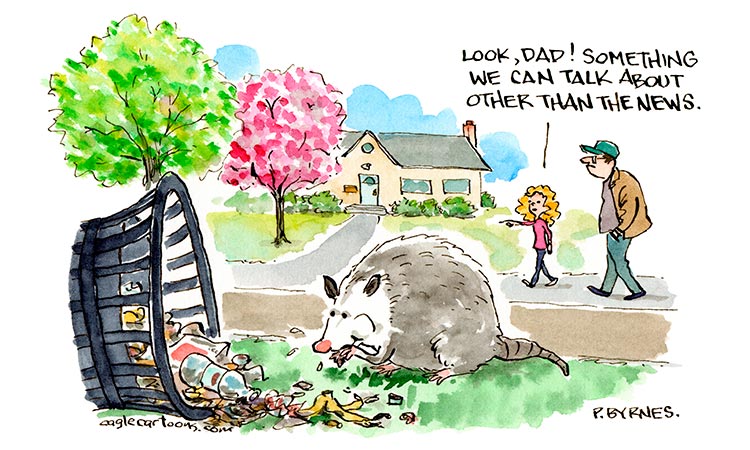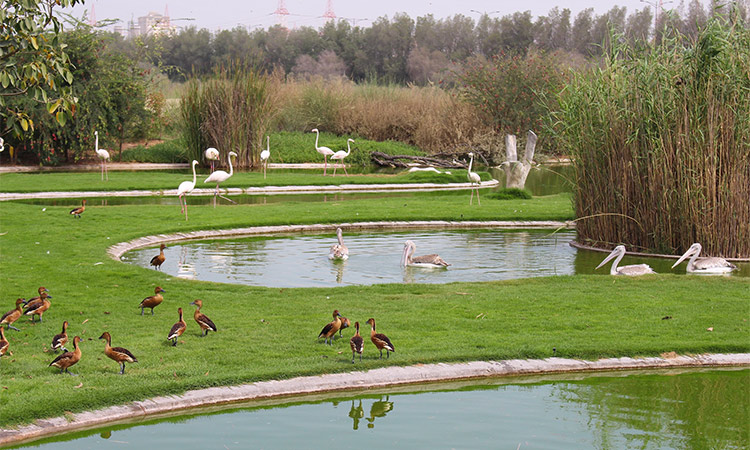Modi juggernaut beats opposition threat
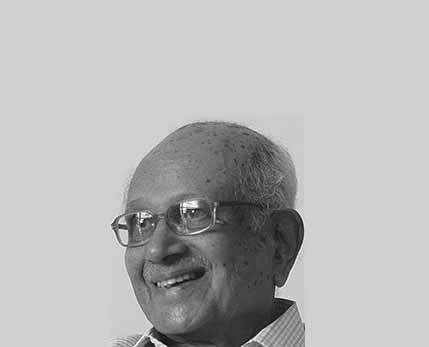
BRP Bhaskar
@brpbhaskarIndian journalist with over 50 years of newspaper, news agency and television experience.
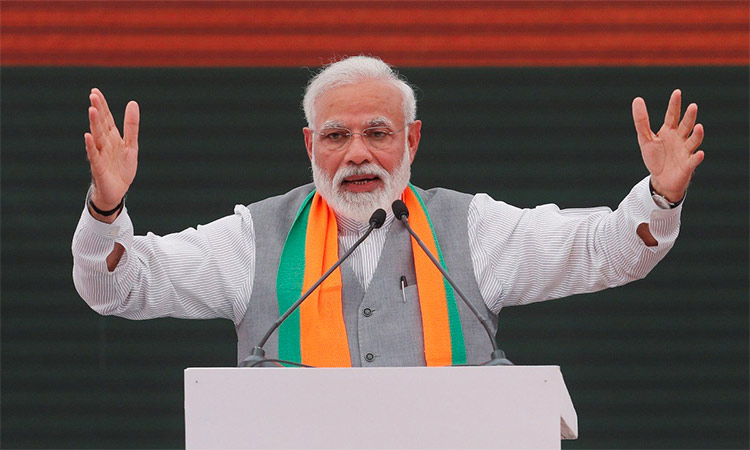
Narendra Modi
In the recent Assembly elections in Bihar, the country’s second largest state, which the BJP fought in alliance with Chief Minister Nitish Kumar’s Janata Dal (United), the combination retained power beating back a self-styled “grand alliance” of opposition parties.
The grand alliance, led by the locally powerful Rashtriya Janata Dal, included the Congress party and three Communist parties. In Assembly by-elections held in several states also the BJP did well.
The BJP promptly acknowledged that it owes its electoral success to Modi. He in turn attributed the party’s success to the people’s trust in his government’s policies.
Home Minister and former BJP President Amit Shah, the party’s master poll strategist, who was recently afflicted by COVID 19, played only a minor role in the Bihar elections.
BJP fights elections to Parliament and State Assemblies under the banner of the National Democratic Alliance which includes several parties. Bihar was the only Hindi-speaking state where it had to concede leadership of the alliance to another party.
This time, in the allotment of seats, the BJP bargained with JD(U) and improved its position in the alliance. The JD(U) had to be content with only a slim lead over the BJP. However, ahead of the poll, the BJP said Nitish Kumar was the NDA’s chief ministerial candidate.
The Lok Janshakti Party of the late Bihar Dalit leader Ram Vilas Paswan, which was an NDA constituent, played a dubious role in the elections.
The LJP, now led by Ram Vilas’s son Chirag Paswan, pulled out of the NDA in the state and put up candidates against all the JD(U) nominees to demonstrate its displeasure with Nitish Kumar.
Chirag Paswan’s tactics resulted in the defeat of many JD(U) candidates. Yet the NDA coasted to victory with 126 seats in the 243-member Assembly.
But the equation within the alliance underwent a major change. The BJP emerged as the largest constituent of the NDA in the state, with 74 members in the Assembly against the JD(U)’s 43.
However, the BJP stood by the prior commitment and the NDA unanimously elected Nitish Kumar as the leader of the combined legislature party.
Although the bid to dislodge the JD(U)-BJP combination from power failed, the Bihar results have thrown up some important lessons for the opposition.
Tejashwi Yadav, who led the Rashtriya Janata Dal in the elections, can now be said to have emerged from the shadow of his father, Lalu Prasad Yadav, who is the founder of the party.
Lalu Yadav is serving a jail term in connection with a scam relating to the period when he was the Chief Minister. As the architect of the grand alliance, Tejashwi Yadav demonstrated his resolve to work for a clear alternative to the BJP in the state.
The alliance failed in the mission mainly because the Congress could not live up to his expectations. Tejashwi Yadav gave the Congress 70 seats but it could win only 19 0f them. This was actually eight short of its strength in the outgoing Assembly.
The Congress party’s dismal performance can be attributed to the failure of its central leadership to take steps to put new life into the moribund organisation. Election after election has shown that so long as the Congress projects a soft Hindutva image it cannot attract voters who are looking for an alternative to the BJP.
Time and tide wait for no one. The Gandhis who still hold the reins of the party must see the Bihar election results as a last warning. If they fail to fill the vacuum at the top caused by Rahul Gandhi’s reluctance to return as party President, other forces will rise and the Congress may be out of the reckoning at the national level.
The surprise performance of the Communist parties indicates that a Left revival is still possible but the initiative may have to come from outside the mainline parties.
The CPI (Marxist-Leninist) won 12 of the 19 seats it contested, raising its strength in the house by nine. The CPI and CPI(Marxist), which were unrepresented in the outgoing house, won two seats each.
Dalit leader Mayawati’s Bahujan Samaj Party, like the LJP, played the role of a spoiler. Dalit parties must stop frittering away their limited political capital. The fiery Dalit leader Chandrasekhar Azad threw his weight behind the All India Majlis-e-Ittehadul Muslimeen and helped it to win five seats.

